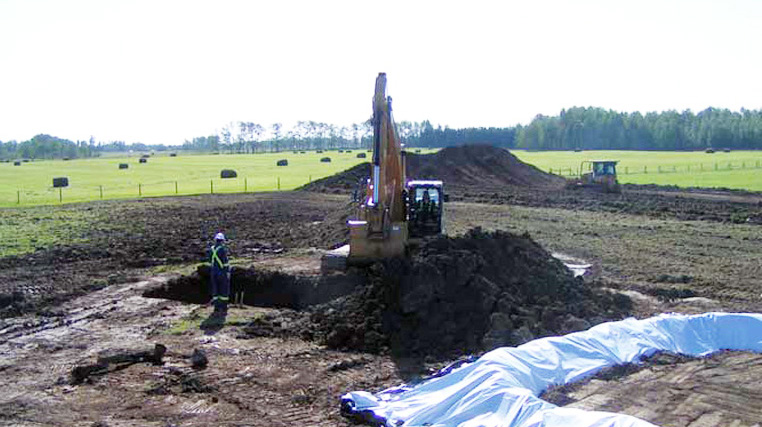Word to the Wise: Understanding the reclamation cost discrepancies between LLR and ARO
July 30, 2019
Today, let’s look at how well reclamation costs are typically the largest discrepancy between deemed liability values and ARO costs.
Each week, XI Technologies scans their unique combination of enhanced industry data to provide trends and insights that have value for professionals doing business in the WCSB. If you’d like to receive our Wednesday Word to the Wise in your inbox, subscribe here.
As discussed in last week’s post, the AER’s Licensee Liability Rating (LLR) Directive 011 deemed liability values are commonly used as measure of asset retirement obligation (ARO) in Alberta. In our current series of articles, we’re examining why these values might not provide an accurate assessment of end of life liability costs. Today, let’s look at how abandonment costs are typically the largest discrepancy between deemed liability values and ARO costs. For a look at the potential for uncertainty created by relying on LLR liability values instead of a fully representative ARO calculation, download our case study entitled “LLR vs ARO: The Cost of Uncertainty”.

Reclamation cost estimates based on LLR deemed liability values will differ widely from estimates using an ARO formula. The main reason is that AER deemed liability values do not include costs for assessing and remediating contamination. This includes Phase II Environmental Site Assessment and removal or in-situ treatment of contaminated materials. These costs can be significant and disproportionately increase mean reclamation values.
Furthermore, built leases requiring additional work to strip and recontour soils back to their original state will normally exceed deemed liability values. The ultimate impact is dependent on vintage and region.
What does this mean? It means if you’re using LLR to estimate liability costs for long-range business planning, risk assessment, and estimation of true Asset Retirement Obligations, your estimates could fall well short of the actual capital required to properly deal with environmental obligations and obtain the certification required to remove the liability from your balance sheet. Instead of taking chances with LLR estimates and manual spreadsheet tracking processes, companies may want to consider a dedicated ARO management tool, such as XI’s ARO Manager software.
The ARO Manager module helps companies evaluate, track, manage, and report on asset retirement obligations. Companies can utilize a standardized cost model to assess total liabilities, or they can import alternate cost models and perform scenario analysis to determine the most efficient, low-cost approach to meeting the mandatory abandonment and reclamation deadlines.
For a more in-depth look at ARO Manager book a personalized demo, or contact XI Sales.
